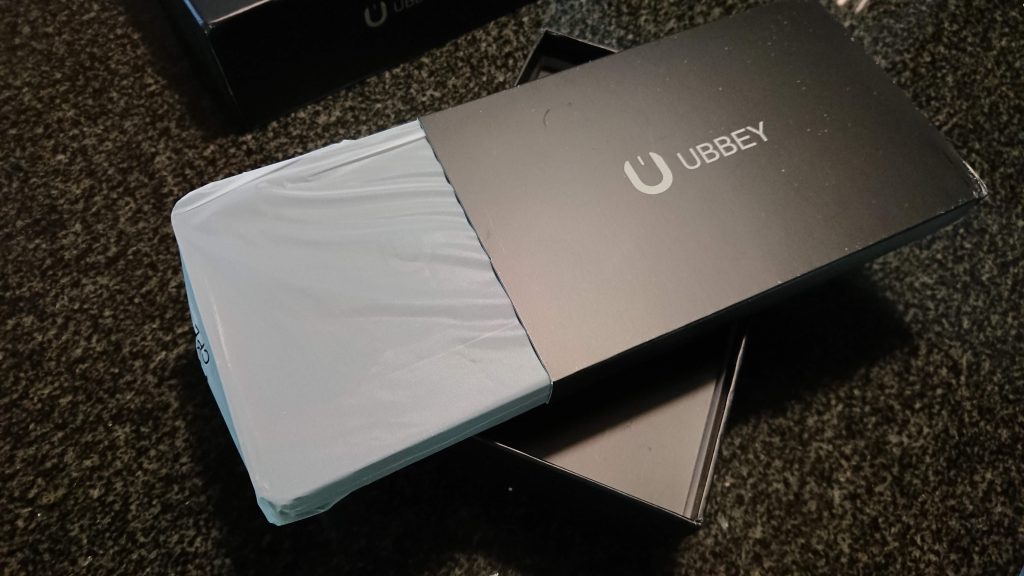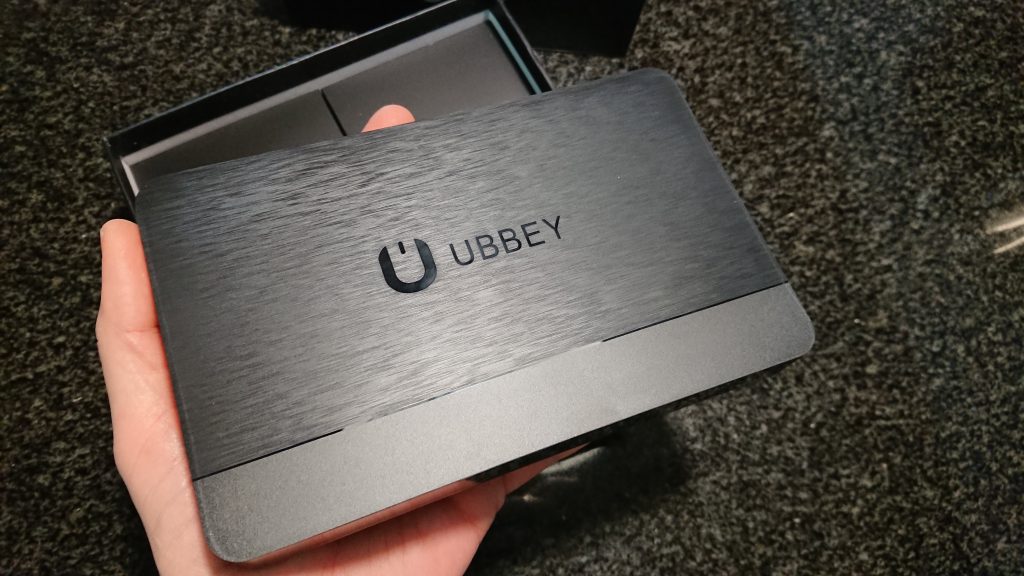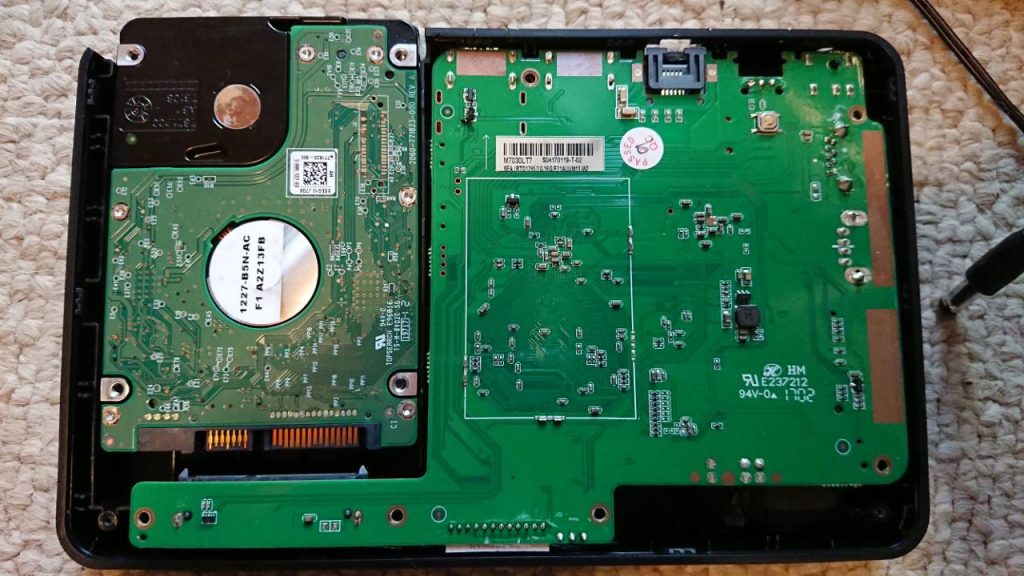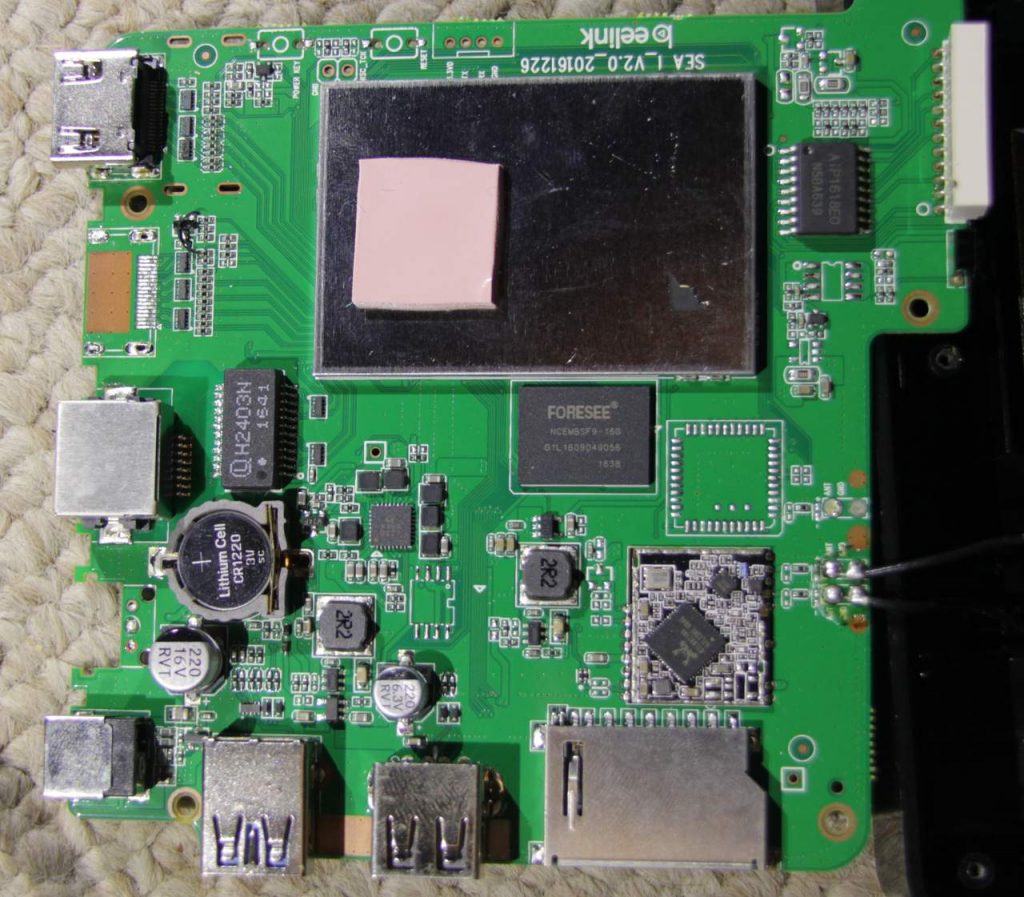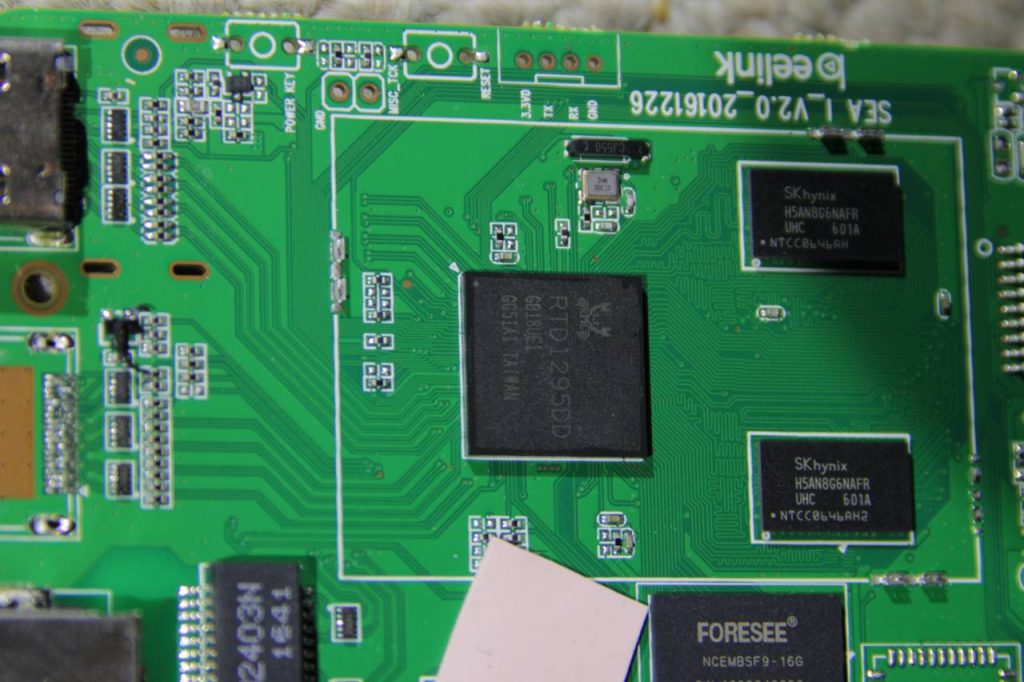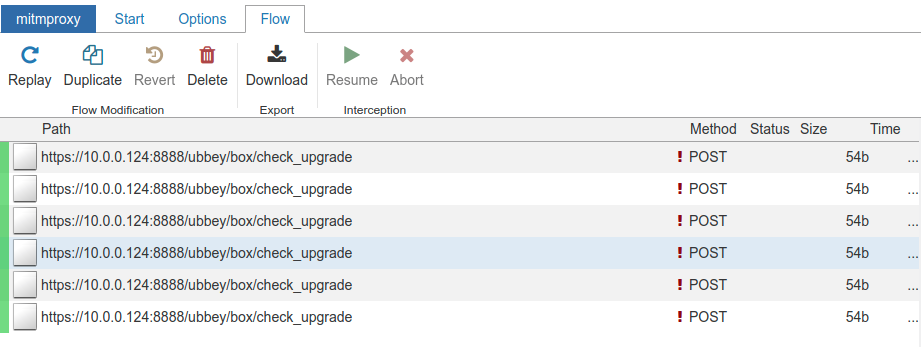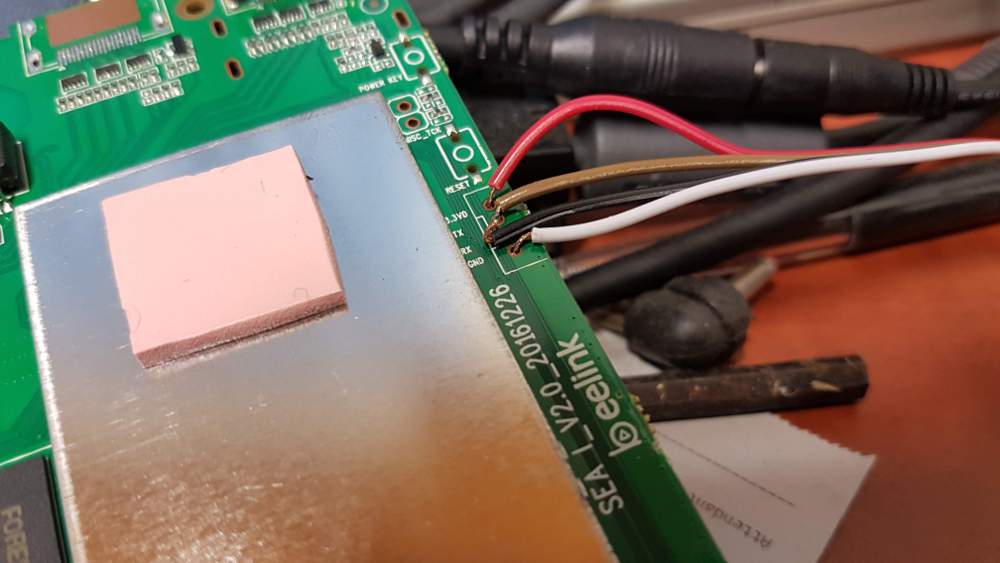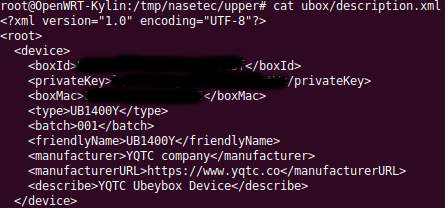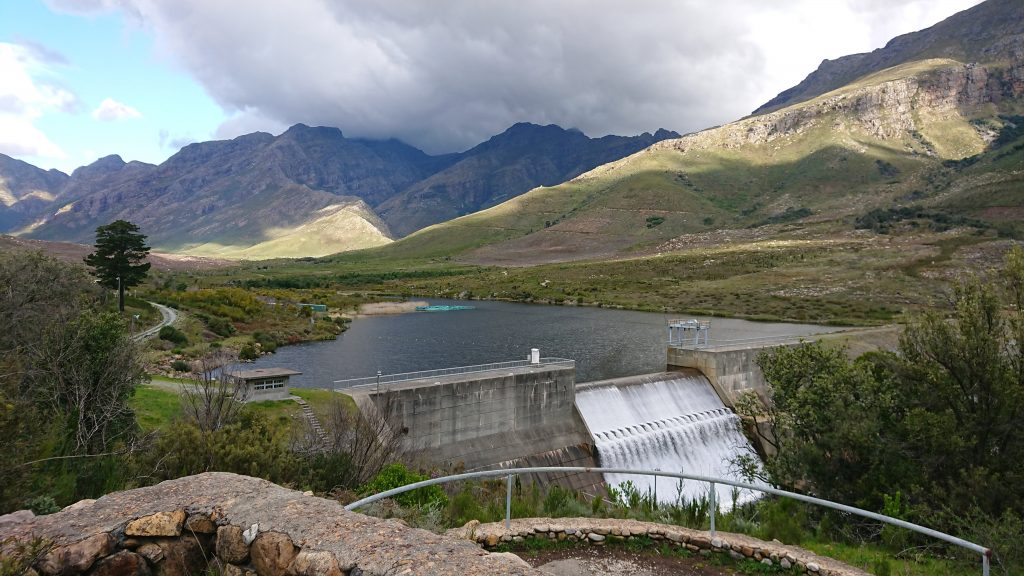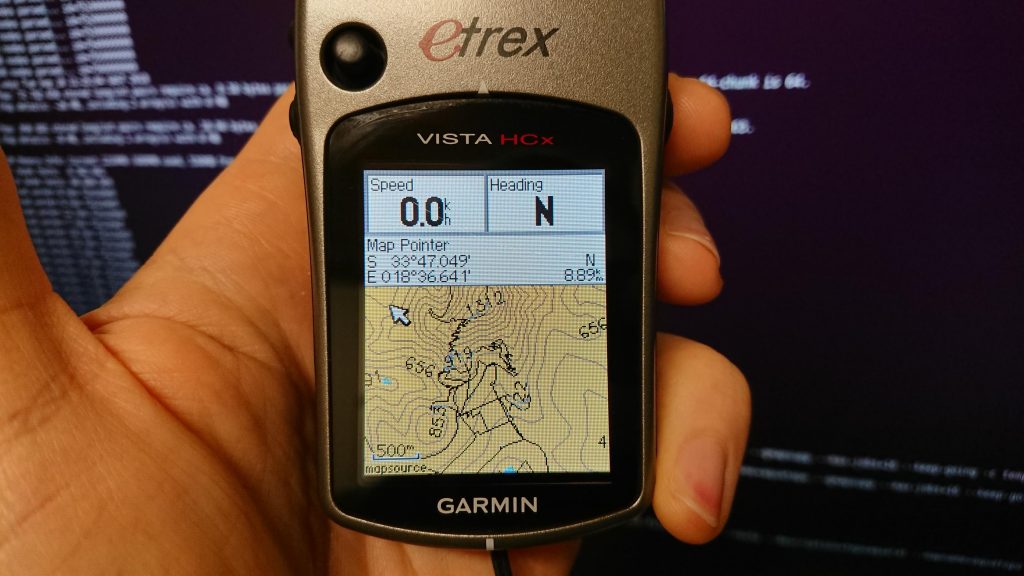A company recently paid for a flight for me from Johannesburg (OR Tambo International) to Cape Town International Airport.
And yes, it’s VERY* important to name things after people and not after the landmarks they’re in/near. Naming locations after people solves real problems, like unemployment and disease. In fact it’s so important to rename things that you should seek out places that don’t have names and name them, because that’s what successful countries do.
“you get what you pay for” and FlySafair is a great example of that. Their legroom was non-existent and a colleague of mine (who’s taller than I am and was on the flight with me) had to do some interesting contorting to fit into the available space.
I thought Mango was shit, but FlySafair takes the cake for “crappest South African airline”. Did I mention the flight I was on was late ? Yes, it was 40 minutes late.
The experience started with online check-in… which kinda worked but kinda didn’t. Online check-in worked but didn’t indicate it had worked and offered to allow seat selection but refused to show the seat selector. Okay, that was disconcerting. No worries. Then came baggage, ah, we need to buy extra baggage allowance, which was followed by a trip to a kiosk, then waiting, then paying then back to the check-in desk. Mango let us on their flight with the same baggage with no extra cost, but even so, I didn’t mind paying, I mind being shuffled around and waiting in queues. “Innovation” is hard.
Eventually we get urged to start boarding – more queuing. The queue eventually starts moving, yes, I’m through the boarding gate… and then this :

Like excrement clogging up a sewerage line (we wouldn’t do this to our dogs and cats, right?) we get filtered based on priority boarding vs normal shitty boarding (I was priority for some reason – it didn’t help). Once you’ve been segregated based on priority status you then get further segregated based on seating position. And then you eventually board the plane in some sort of order. This is stupid and does not work. It does not work. It doesn’t. Stupid. Blerrrrrgh.
After being segregated based on seating row, you wait… in the air bridge, where it’s hot, humid and dark. Nice.

You finally get let out again, for a moment, as you get shuffled along the concrete apron. This is fast boarding, apparently, some 30 minutes after scheduled take-off.
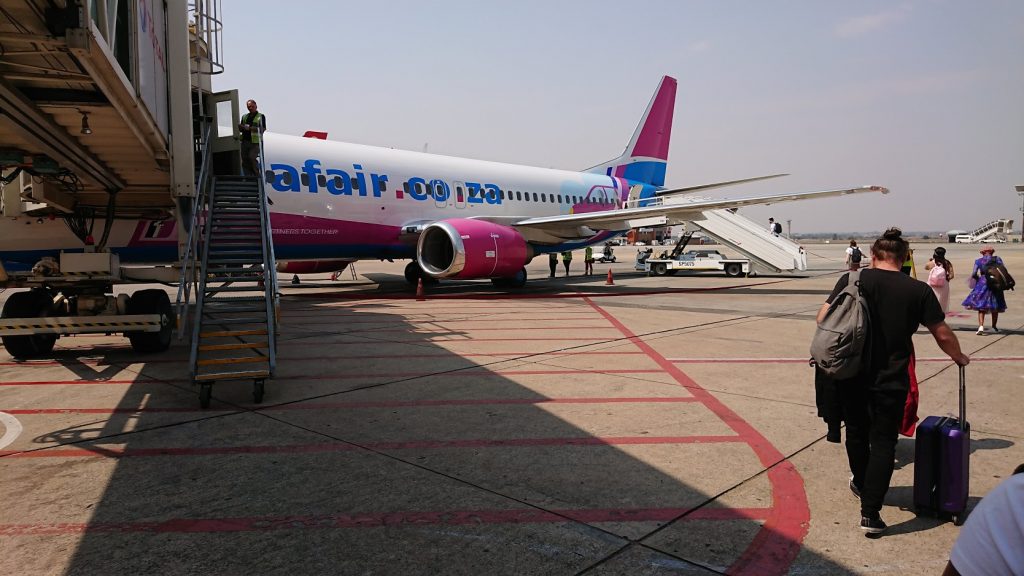
And then you realise that Mango isn’t all that shitty after all… it could be worse.

Also, please, don’t take your infants flying until they’re old enough to have a vague understanding of the selfish reasons you have for putting them through such torment.
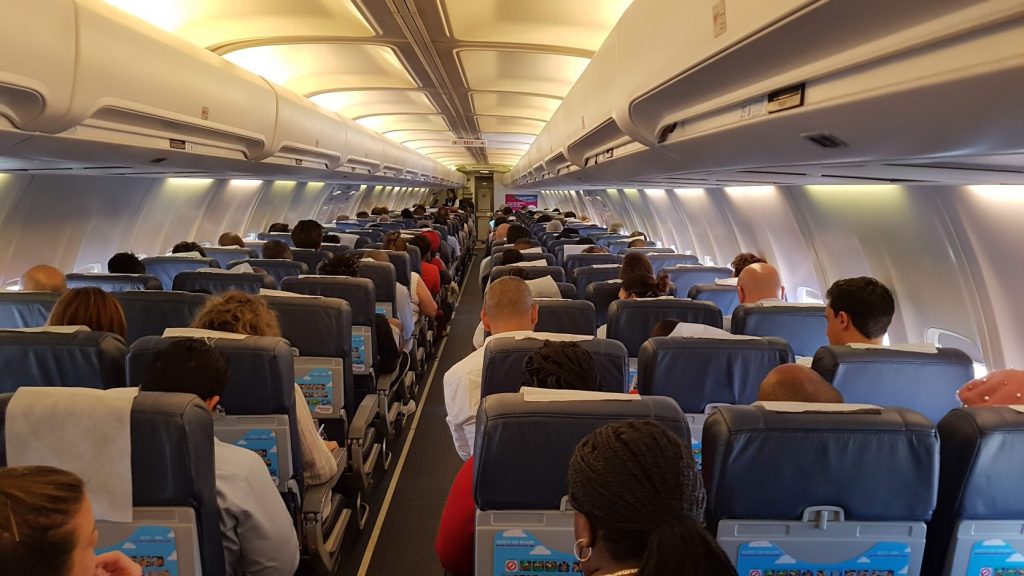
Ventilation is apparently a luxury in the aviation industry because they seemingly shut off ours or severely limited it (isn’t it taken from the engine’s air bypass ?).
At least this dodgy experience only lasted ~2 hours… and I had Patricia greet me on the way home.

In short, avoid FlySafair like the plague. It’s just a cut too far. Airlines should be regulated out of offering such inhumane conditions.
*it’s sometimes acceptable to rename something when that something is named after an absolute bastard nazi – but then rename it to something innocuous and politically-indifferent.
Back to you Jenny.

